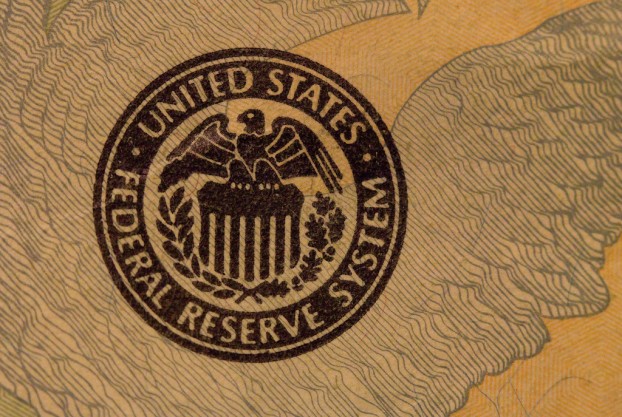The Federal Reserve Act of 1913 created the Federal Reserve System, the central bank of the United States. The act was put into law on December 23, 1913 and signed by President Woodrow Wilson. The passage of this act gave the Federal Reserve the legal authority to issue Federal Reserve Notes — now known as the U.S. dollar — and Federal Reserve Bank Notes.
Before the act was passed, the U.S. was often plagued by fluctuations of panic, failing banks, and scarce credit among the masses. Thus, the Federal Reserve was created to build a more secure and stable financial system and respond to the needs of the nation’s economy.

Before the Federal Reserve
Prior to the act’s passage, the U.S. had been without a central bank for almost eight decades. This, as much as anything else, led to outbreaks of financial panic, including the famous The Panic of 1907. Per Smithsonian Magazine, the panic was triggered when a 1906 earthquake destroyed San Francisco, leading people to withdraw excess gold from the world’s major money centers. This led to a liquidity crunch, cascading the country into a recession.
The recession was enough to persuade some Americans that the country desperately needed a central banking unit that could provide a ready reserve of liquid assets in the event the nation was threatened by a financial disaster. Many also believed that U.S. currency and credit needed reform, and that interest rates needed to be contracted and expanded seasonally as part of a healthy economy.
The Aldrich Plan
The Aldrich Plan proposed a system of fifteen regional central banks — called the National Reserve Association — that would be coordinated by a national board of commercial bankers. The National Reserve Association would make emergency loans to member banks, create money to provide flexible currency that could be exchanged equally for demand deposits, and act as the monetary agent for the Federal government.
The Aldrich Plan was not without its opponents. Many people in the Democratic party — including President Wilson — did not like that the regional banks would be controlled by bankers and would give more financial control to those on Wall Street. Consequently, the House of Representatives initially voted the Aldrich Plan down, though its outline eventually became the Federal Reserve Act of 1913.
Criticisms of the Federal Reserve Act of 1913
The Federal Reserve Act did come with its fair share of criticism. According to the New York Times, Charles Lindbergh Sr.– a Minnesota congressman and the father of the famous aviator –- stated that the Federal Reserve Act would establish “the most gigantic trust on Earth” and that the Fed would essentially act as a financial dictator.
Passage of the Federal Reserve Act
The Federal Reserve Act, also known as the Owen-Glass Act, proposed a system of eight to twelve regional reserve banks that would be owned by commercial banks and coordinated by a president-appointed committee.
The Federal Reserve System would be a privately owned banking system, but it would operate in the best interest of the public. Bankers would run the regional reserve banks, under the supervision of the Federal Reserve Board. The Federal Reserve Board included the Secretary of the Treasury, the Comptroller of Currency, and other officials elected by the President. The job of the board would be to represent and protect public interests.
Both the House of Representatives and the Senate passed the act with large majorities.
Byline
Thomas Orchard focuses on a variety of financial and legal topics such as Banking, Securities Litigation, Business Law, Commercial Paper, the Stock Market and other related matters.
Image credit goes to willyteephotography.